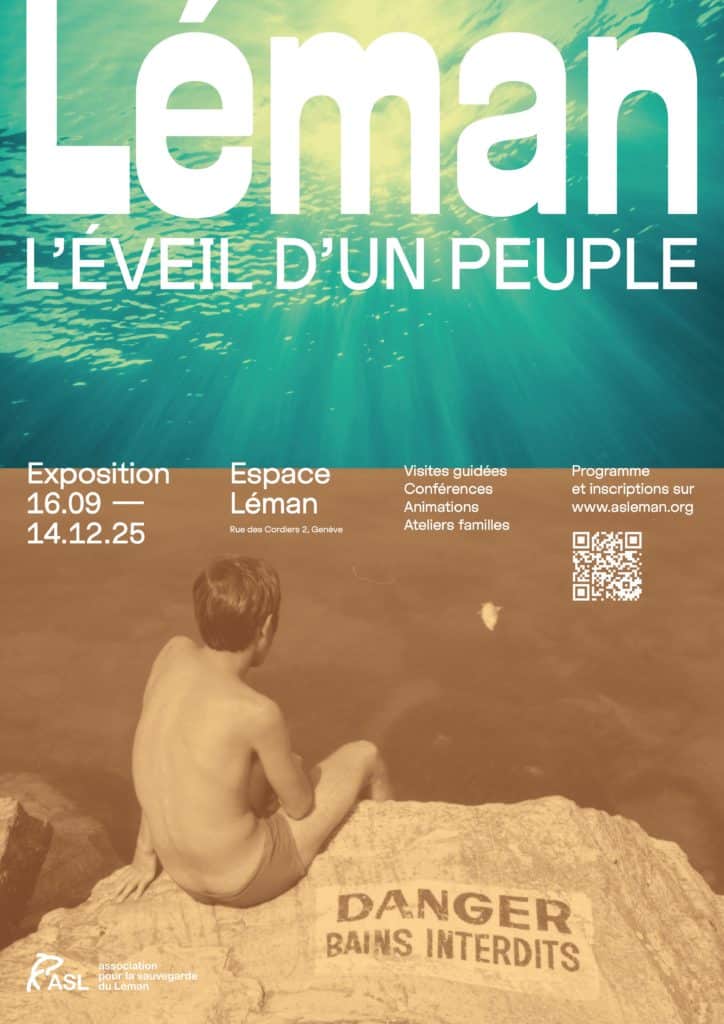The project was to link Lake Geneva at Chens-sur-Léman (France) to Paris via a canal almost 500 kilometres long. This would have enabled the city to be supplied with drinking water. At the time, François-Alphonse Forel recognised Lake Geneva as drinking water: "water of excellent quality, equal or superior to spring water. Lake water is highly recommendable from a hygienic point of view".
This project was conceived by an engineer, Paul Duvillard, back in 1882. It would have provided Parisians with 1,000 litres of water per day per inhabitant at a flow rate of 24m3 per second. In addition to the drinking water issue, Duvillard planned to increase the flow of the Seine, thereby eliminating the sewers and the miasmas that were emanating from it, and also to improve navigation. The project was refined until 1890 and presented at the 1900 Universal Exhibition, where it received two awards in the "Models, plans and drawings for public works" section.
Fortunately, many people spoke out against the project, questioning its calculations, the drinkability of the water in Lake Geneva and the huge costs it would entail. These attacks came from Swiss citizens who feared that the water supply would dwindle. For the people of Geneva in particular, the project would have meant a major loss of power to their hydraulic machines. And also from users of the Rhône, who feared a reduction in its flow.
The project fell through, putting Paul Duvillard and his partner's company (Société d'études pour l'adduction des eaux françaises du lac Léman à Paris et dans la banlieue) out of business. This avoided a diplomatic incident.
For further information:
Tribune de Genève
Le Bains des Pâquis


